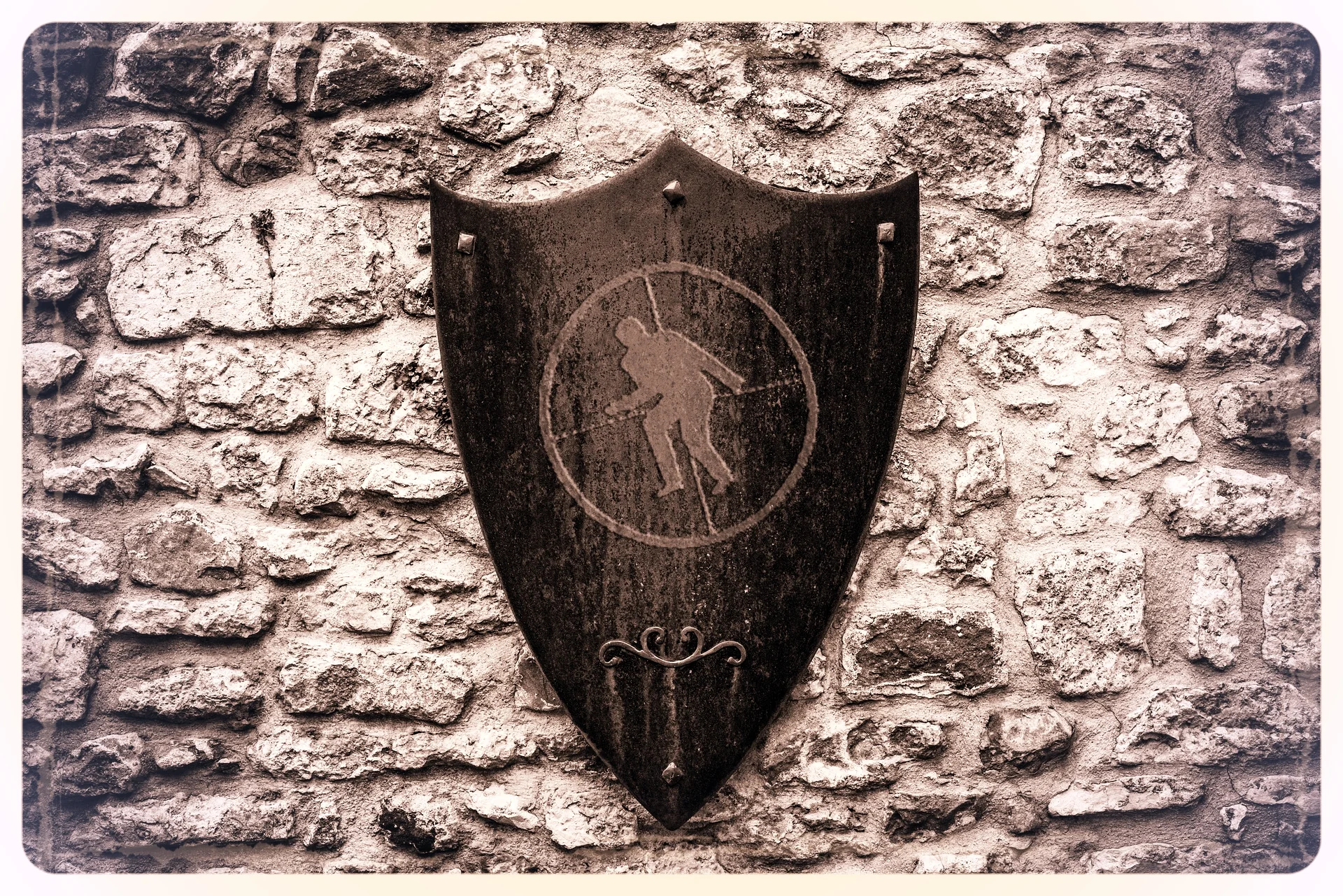Bug Detector Derby
Hans School
During some heavy snow days in January, the staff of Spytech took some time to compare several of our RF Detectors. We rated each detector for various tasks and then posted the results on our YouTube channel:
Here are some additional notes about these tests:
FM Transmitter
This was a very simple job for all the detectors, since it is pretty much what they are designed to detect. The transmitter was just a high power analog audio signal with a range of about 500 feet. Basically the same as a standard cordless phone or walkie talkie. The CC308 detector had a problem with this device because it would reach maximum signal strength when it was still half a meter away from it. This means, in a real situation, you would only know a rough location for the transmitter and waste a lot of time narrowing it down. The other detectors were way more precise. Most impressive was the RF Detector Pro. Even though the indicator meter had maxed out a few inches away, the detector had a detection confirmation function, which made the lights shut off when we located the device. You can see this in the video.
5.8GHz Transmitter
This transmitter generated a low powered, high frequency, analog signal. You could see the feed in the 5.8GHz monitor sitting right behind the camera. Not many RF detectors are even made for anything higher than 2.4GHz frequency. So it came as no surprise that most of the detectors had to almost touch the device to give any indication of signal strength. This would be difficult if you were searching for hidden devices. The detectors that have a lens detector function would be more useful in this situation. Only the RD-10 was able to detect the 5.8GHz device as easily as an FM Transmitter.
WiFi Transmitter
This transmitter introduced a digital signal into the mix. This signal would simulate certain hidden cameras (such as the one in the video), live GPS trackers, or mobile phones that have been engineered into impromptu listening/tracking devices. With this test we could see that some of the detectors were actually better at detecting digital signals than analog. Notably the Bug Detector Pro was very accurate, while the Blu Detector seems to be designed for this type of digital detection application.
Conclusion
The best detector overall was the RD-10. It was capable in each of the 3 very different detection situations we presented, and in addition to RF detection functions, it also has a camera lens detection function that we were not even using for these tests. Of course we are aware that there are more advanced detectors than this one, and we have even used some of them at Spytech over the years, but in this situation we were limiting our test to affordable, pocket sized detectors. The more professional units may be more capable, but they also have a much higher price point, they are usually briefcase size or larger, and they require some serious training to use properly. If you are interested in one of those professional countersurveillance machines, you can contact spytech for pricing information or even hire a local countersurveillance agent in your area who is already experienced in using this type of equipment.
The other detectors we tested each had strengths and weaknesses in one or more areas. For example, even the worst performing RF detector - the model called "Camera Finder" - still boasts the best lens detection function. This was not mentioned because it was not part of our test. These detectors that specialize in just one function are limited to very specific jobs. In the real world you may be looking for one type of device, but you could always discover something you were not expecting, but only if your detector is capable of detecting many different things. That flexibility is why we chose the RD-10 as the best bug detector.

